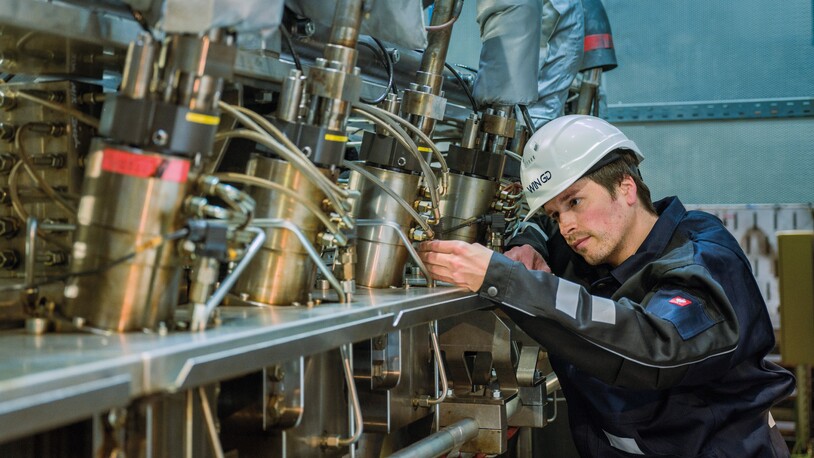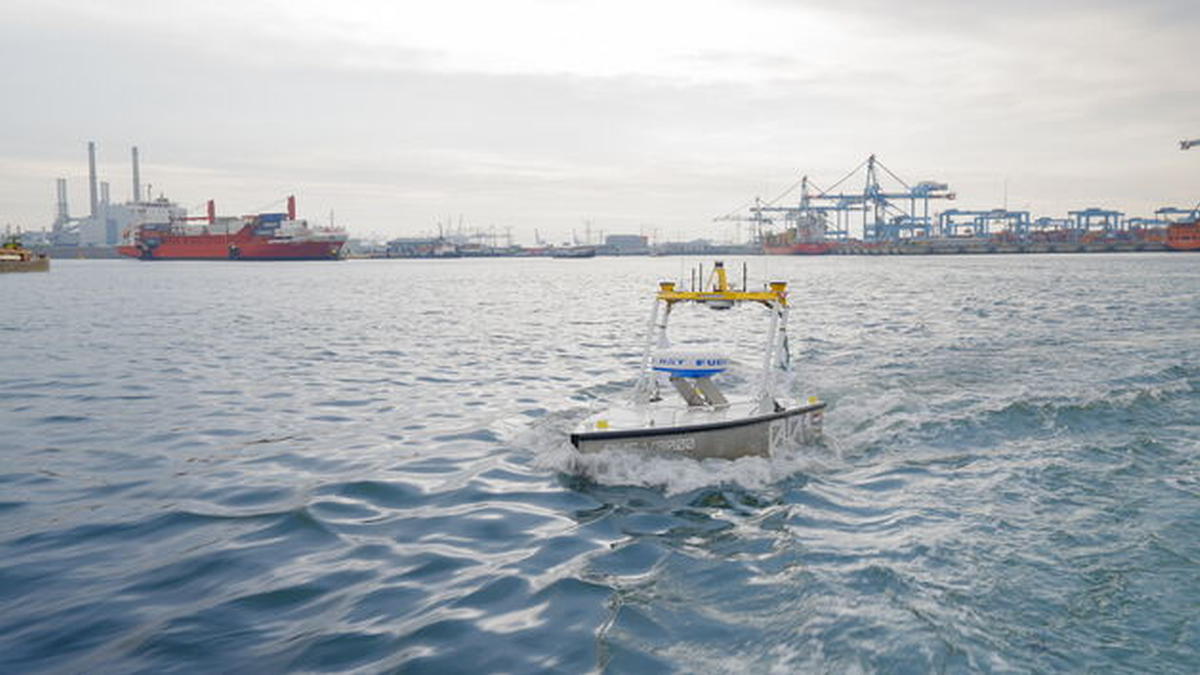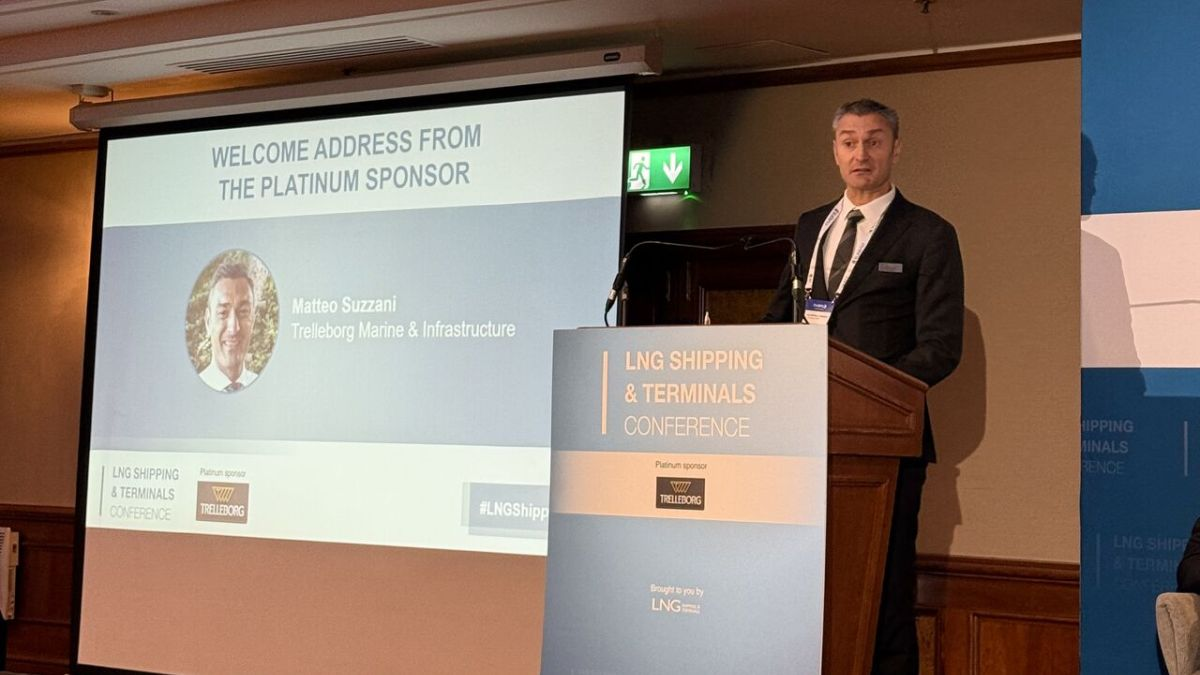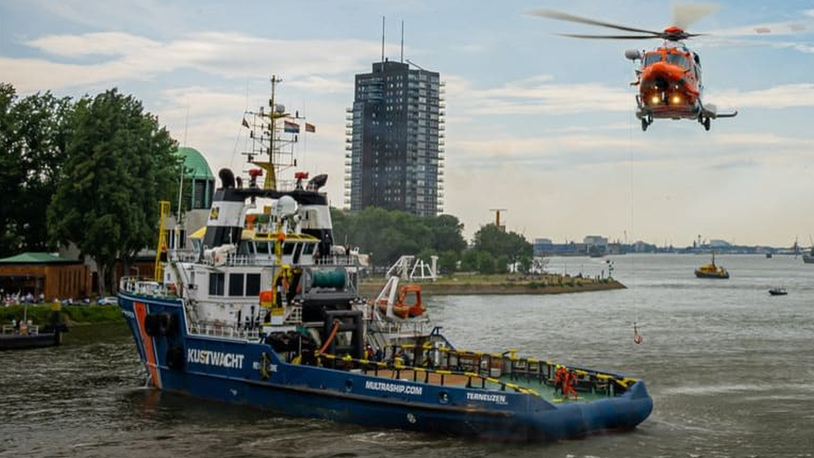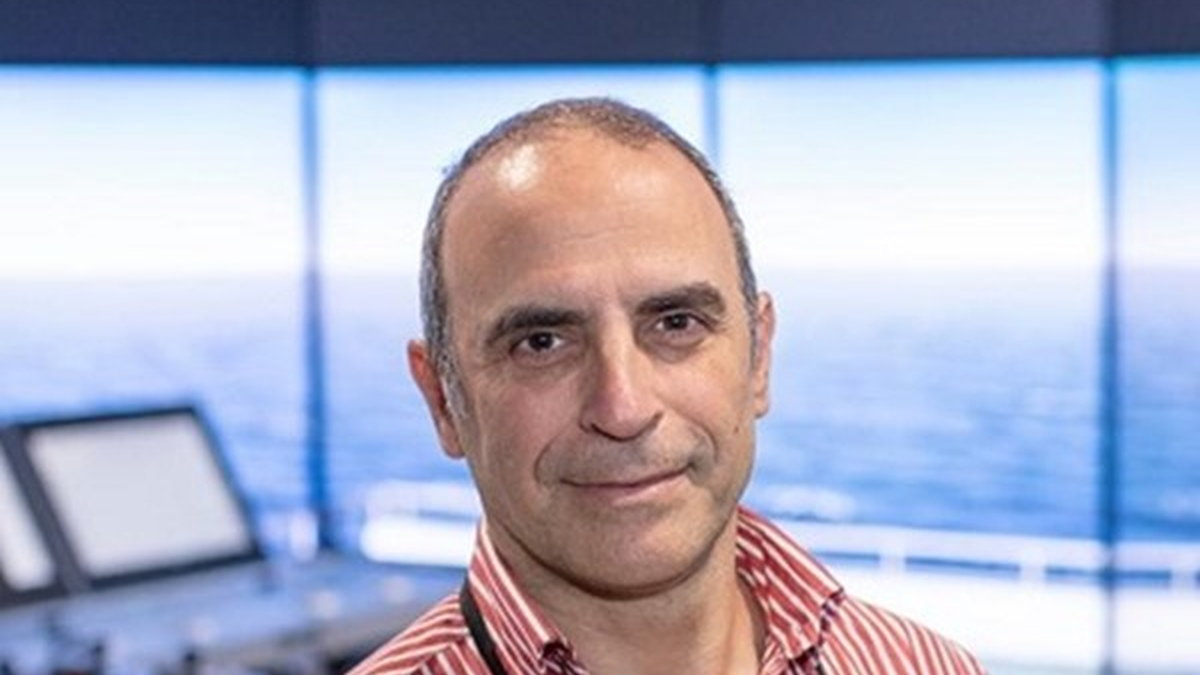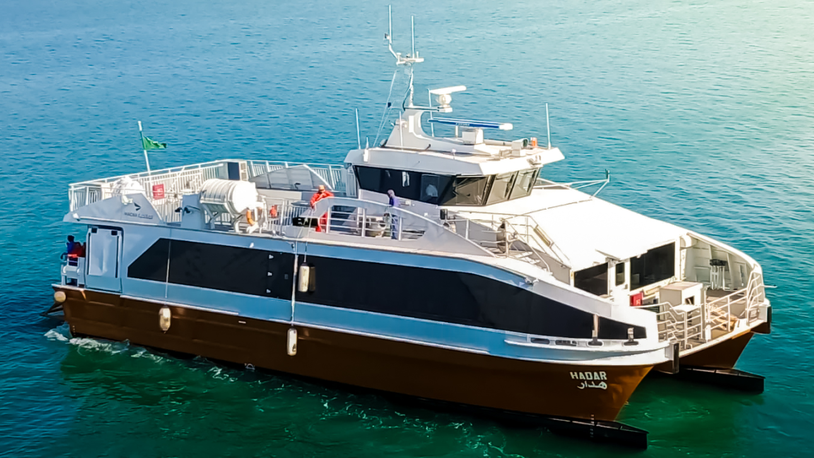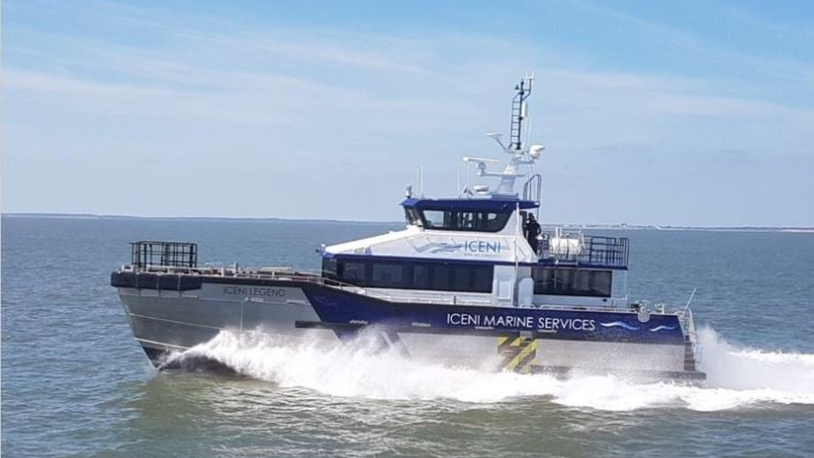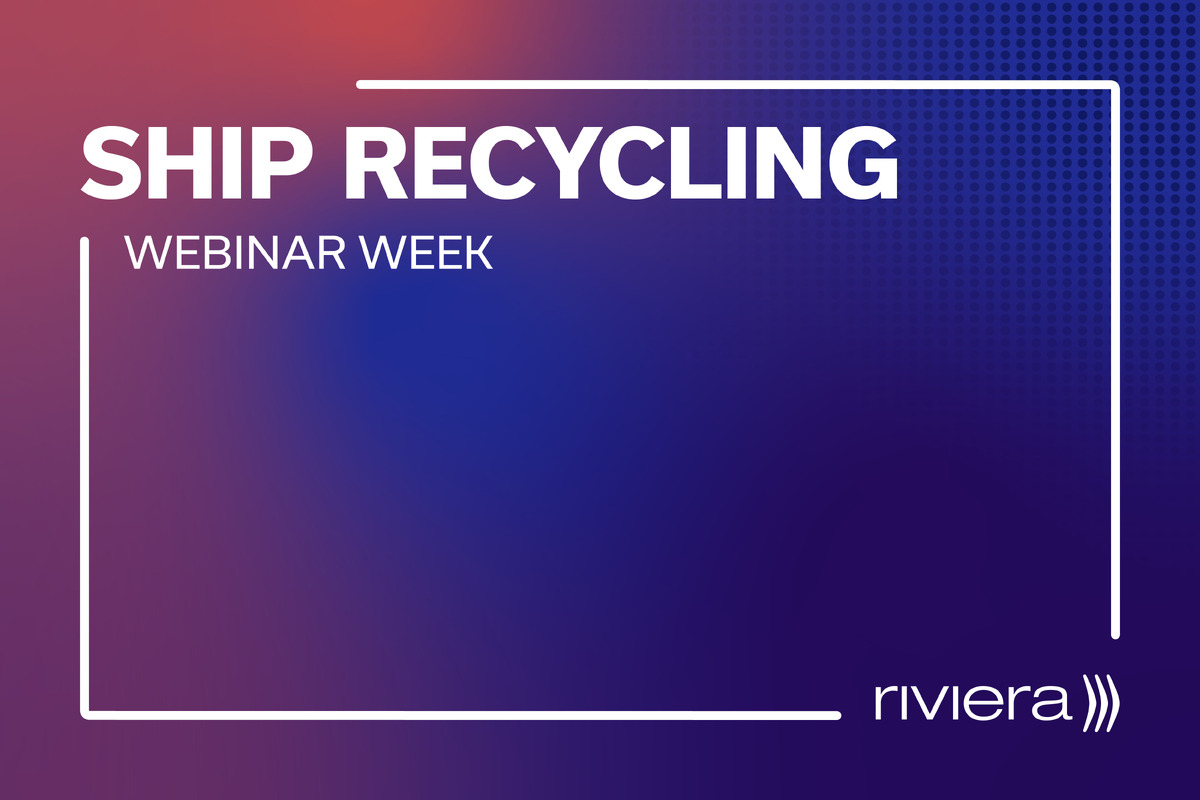Business Sectors
Events
Marine Coatings Webinar Week
Contents
Ship stability calculations are critical for vessel safety
Italy-based Apphia has developed the Stability System (SS) program for simulating different loading scenarios of a ship, analysing ship stability and providing instructions for emergency response. SS incorporates a wide range of ship’s calculations, such as hydrostatics, intact stability, and damage stability, and has decision support features that make it ideal for rapid analysis of ship stability in emergency conditions.
Using SS, an operator can simulate different scenarios of loading of the ship and compare them with actual loading practices. The program calculates the deadweight and displacement, the floating position and the free surface effect, as well as the ship’s attitude, from the draught, heel angle and trim angle, for given loading and damage conditions.
Apphia technical engineer Luigi Ostuni said the software can be installed on small portable computers, such as a Radxa Rock Pro. This can be plugged into an onboard computer monitor to deliver all the SS calculations and analysis to the operator. Radxa Rock is a single board computer with a quad core ARM processor that can run on Android and some Linux operating systems. It also features 80 pin 2.54mm headers, which makes it easy to connect other sensors, such as tank level sensors. Radxa Rock Pro with SS installed can be used for ship stability and trim calculations when it is linked to a series of low-cost embedded boards on a ship. By having a number of these SS stations on board a ship, it is possible to extract ship stability information if there is a failure to another unit, or even in a blackout, said Mr Ostuni.
“The ship asset is calculated using a finite elements analysis method on a set of 3D mesh models, which describe the geometry of the ship in terms of its hull and its compartments,” he added. “The program also analyses the distribution of all weights on board declared by the operator and, if present, the level sensors data that is automatically acquired by the system.” Apphia has integrated technologies such as expert systems, platform management, simulators, and human-system interfaces into a program that assists the crew in taking corrective actions. During the development of this product, Apphia compared the simulation results for ship stability with results obtained using the Aveva Marine naval stability tool.
It used a 109m ship with a 14.9m beam and 8m depth for simulation testing. The vessel had four tanks in intact condition each filled to a different level. The equilibrium condition was calculated by SS and Aveva Marine on the ship with the same draught. The difference on heel angle was only 0.01 degrees and the difference on the trim value was 2mm.
Mr Ostuni said: “We have developed a system with low-cost embedded boards, and multiple software engines on the ship for stability calculations in real time. In the event of a fault, the system uses a priority mechanism to determine the primary engine that should be dedicated to the real-time calculation. The simulation of alternative scenarios for re-floating the ship would also be available on multiple secondary machines.”
Related to this Story
Events
Marine Coatings Webinar Week
Maritime Environmental Protection Webinar Week
Ship Recycling Webinar Week
© 2024 Riviera Maritime Media Ltd.

